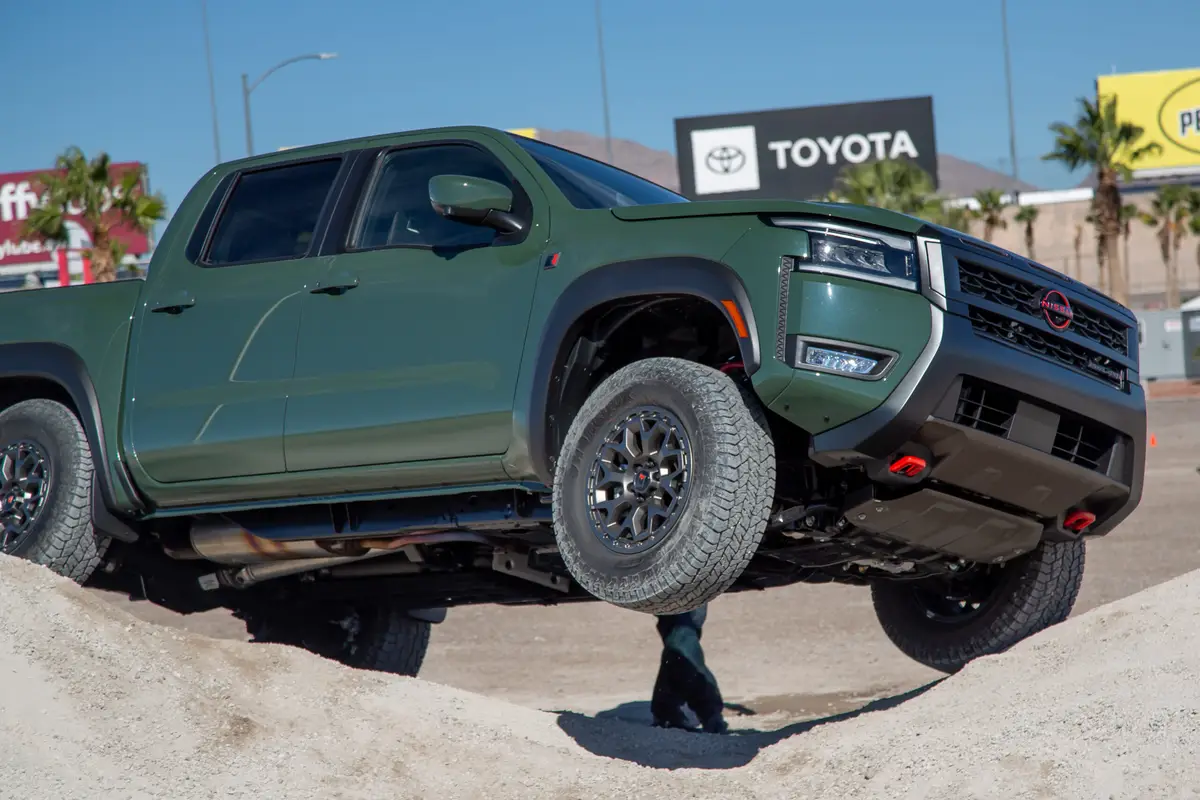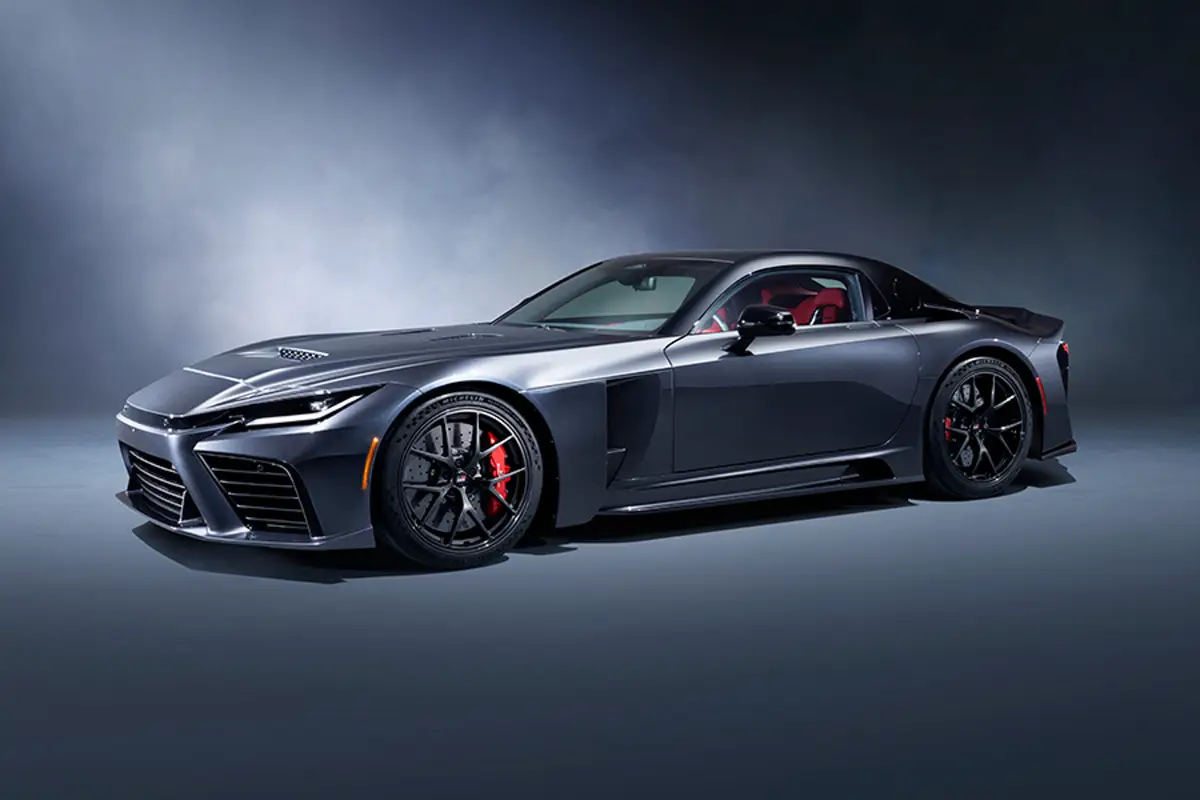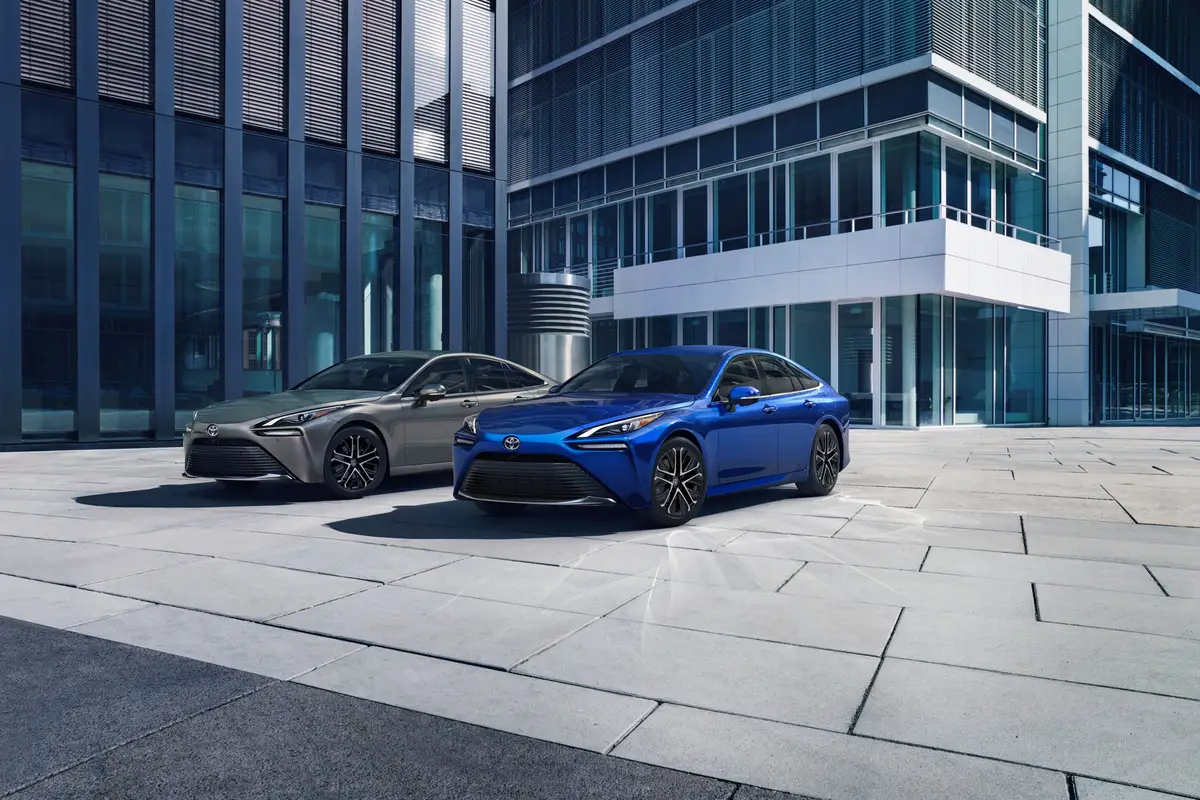The Morning Call and Mcall.com's view
If your mom drives a truck, would this be the one? If you’d ask Prince Charles, he might just give you that I’m-smiling-but-not-really-look and say, “Why no, it’s the Range Rover, the more expensive one.”
After all, the Queen drives a Range Rover.
Odds are, you’ll never run into the prince, but you may run into your neighbor who might think you just won some Ed MacMahon-sponsored sweepstakes giveaway.
SHHHH. Don’t tell them that this bit of British upper-crustdom, the Land Rover Discovery Series II, is no more expensive than a Ford Expedition. And it has just as much appeal. But in a different way.
Like the Empire, this vehicle doesn’t appear to have changed at all. This is a part of its charm. But if you take out the tape, you’ll find the vehicle is 6.5 inches longer, 3.8 inches wider.
It’s funky look remains intact. The roof line still kicks up in the rear and two sunroofs, along with abundant windows, help give it the ready-for-safari look. But the overall upright stance, along with its vertical windshield, make this Discovery an awesome bug masher. Never have more bug carcasses smashed on sheetmetal. This one kills bugs dead, by the scores.
Unlike many Johnny-come-lately SUVs, this one will see duty in rough terrain, as Land Rovers have for 50 years, mainly in countries with unpronouncable names and no pavement anywhere.
But there is some change underneath all the sameness. The engine is still a 4-litre all-aluminum OHV V-8 developed by Buick in the early ’60s.
Owned by Land Rover since the Age of Aquarius, this mill sees some improvements for 1999. The internal improvements include a new induction manifold and a new engine management system. This with other improvements is good for a four-horsepower increase and 7-percent improvement in torque. The numbers: 188 horses and 250 foot-pounds of torque.
The folks at Rover have dubbed this engine “Thor,” named after the induction system, not due to its age relative to the god of thunder.
When you put the hammer down, Thor responds with a slight weasiness, even if it does get the job done. But 188 horses in a 4,575-pound vehicle will not make this truck lightning quick. But there’s decent torque for the rough stuff, more important in a true SUV.
Power is fed through a new electronic four-speed automatic transmission. This transmission offers a sport mode when the transfer case is in high range, allowing for quicker acceleration and a manual mode in low range allowing for gears to be individually selected.
Four-wheel-drive is permanently engaged and is coupled with an electronic traction control system that works at all four wheels. Called 4WETC by Land Rover, the system applies brakes to the wheels with least traction and supplies more torque to the wheels with traction. It functions at speeds up to 62 mph.
Braking is courtesy of four-wheel-disc brakes with anti-lock. New this year is Electronic Brake Distribution, which ensures braking fo rce is even front and rear. It worked well, bringing the Discovery to a dead halt quickly. The brakes squealed, typical of a disc set-up.
Another bit of new technology is Hill Descent Control or HDC. Fist seen overseas on the Land Rover Freelander, HDC monitors wheel speed and applies the brakes while descending slippery slopes. It’s especially useful in high altitudes, where a thin atmosphere would hinder traditional engine braking.
Most useful of all the new electronics in the vehicle is Land Rover’s Active Cornering Enhancement or ACE. The Discovery has always had a great off-road ride, delivering good handling and a comfy ride in the rough. This translated into a tough highway ride, however, the last Land Rover Discovery demanded a great deal of attention to keep on course. Body lean was plentiful in corners.
But with so many SUVs being used for highway duty, a better on-road ride was needed. ACE replaces the front and rear anti-roll bars with hydraulically operated pis tons. When going through a corner, lateral acceleration is measured and power is supplied to the pistons to counter any body movement. The result is an amazing amount of stability through corners, with a responsiveness rare in SUVs. Unfortunately, the system in the test vehicle made audible clunking noises.
ACE helped contribute to a much more pleasent on-road driving experience. While steering is a bit numb and slow, there is some road feedback through the seats, so you know what’s going on.
Okay, so a lot has changed underneath it all. But the interior, like so many British palaces, remains unchanged. The dash is still very rectilinear, with controls scattered about the cabin. The power seat controls are mounted vertically on the center console, easy to trip accidentally.
The power lock switch is on the right side of the dash next to the glove box. The glove box, while large, is not large enough to hold the owners manuals. Thankfully, the radio is mounted at the top of the dash, the headlights are on the left stalk and wipers on the right. Demerits however for the two horn buttons.
The leather seats are comfy, if a bit short. The driving position was positively regal. You can look down at lesser vehicles with that “we are not amused” disdain.
The rear seat, while comfy, is hard to access through the rear doors. The rear cargo area is immense, with a cargo cover and two vertical storage bins. Storage elsewhere in the cabin is plentiful, with little nooks and crannies everywhere. The rear door swings open like other doors. If you need to keep the rear open for long items, it could pose a problem.
With so many competitors and their ergonomically correct interiors and computer-designed exteriors, its refreshing to see an SUV that hasn’t been scrubbed to boring perfection. Like a crazy royal locked in some distant estate in the north of England, the eccentricities set this one apart from the rest. Long live the Land Rover.
1999 Land Rover Discovery Series II
Engine: 4-literOHV V8 Transmission: 4-speed electronic automatic Standard: permanent four-wheel-drive, two-speed transfer box, traction control, full-size spare, 255/65R16 tires, alloy wheels, four-wheel anti-lock disc brakes, hill descent control, dual airbags, rear-window defogger, front and rear fog lamps, keyless entry, AM/ FM/weather band/cassette 320-watt 12-speaker audio system, cruise control, power front seats, leather seating surfaces, wood trim, power windows/locks/mirrors, tilt wheel. Options: CD player, Performance Package (Active Cornering Enhancement, 255/55R18 tires with alloy wheels), dual sunroofs. Base price: $34,150 As tested: $41,750 EPA rating: 13 mpg city, 16 mpg highway Test mileage 12 mpg
Latest news



